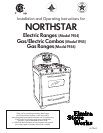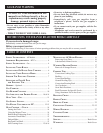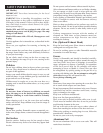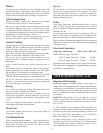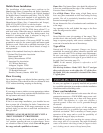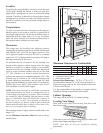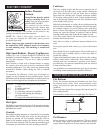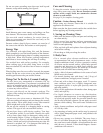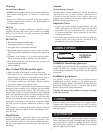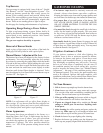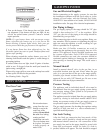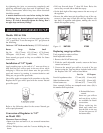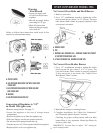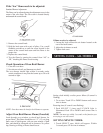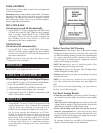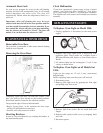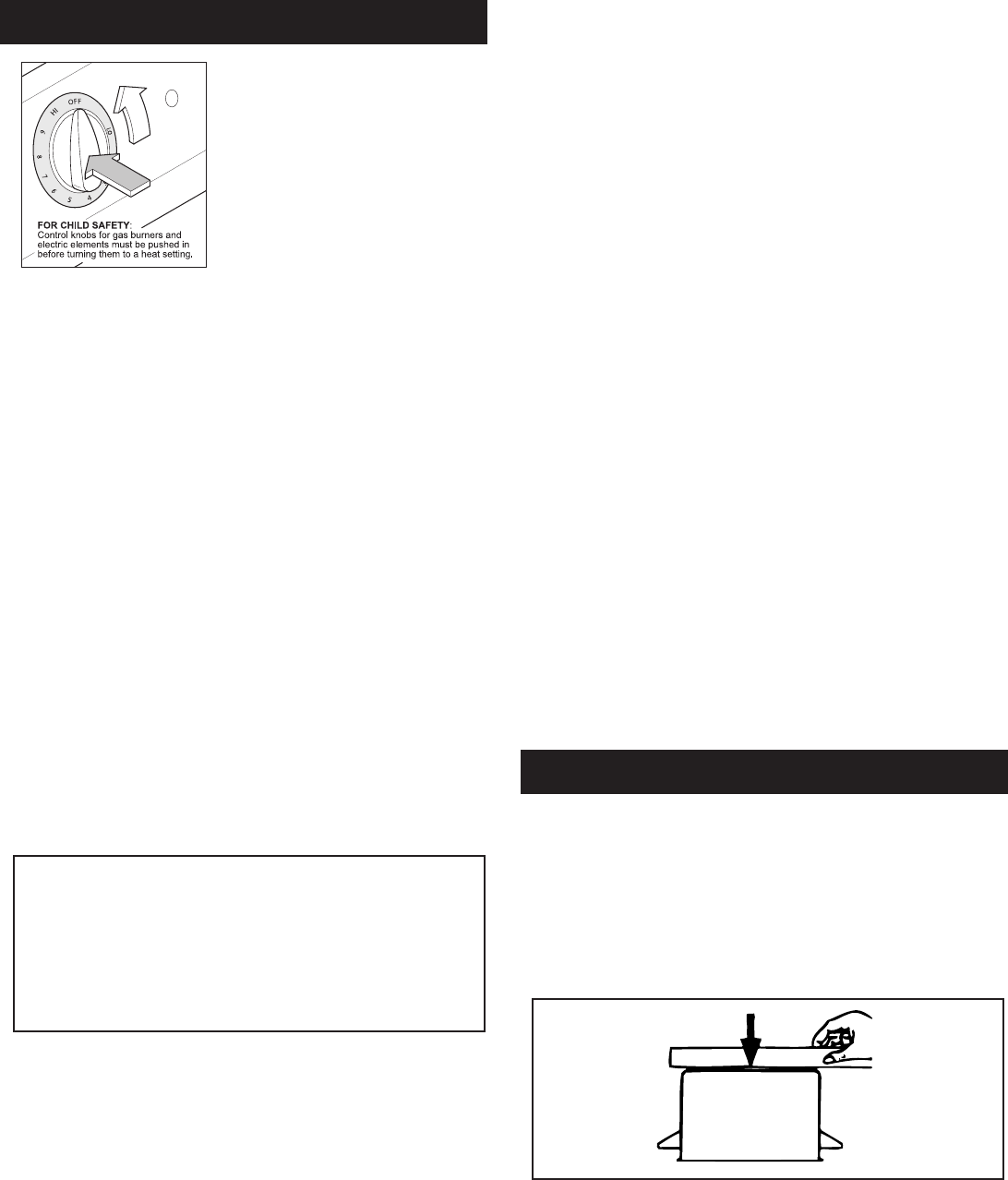
ELECTRIC COOKTOP
Surface Elements
Controls
Control knobs must be pushed
in before turning them to a
setting. They can be set anywhere
between MAX and MIN.
The controls for the surface
elements provide infinite heat
settings. The numbers on the dial
serve as a reference. The control can be turned to any
setting to provide the exact heat required.
NOTE: The “Push to Turn Safety Control Knobs” on
the range are designed for child safety and to prevent
accidental operation.
Before using your glass cooktop for the first time: turn
the elements on MAX without a pan for 5 to 8 minutes
or until smoking stops. This smoking is normal and
non toxic.
High Speed Radiant - Electric Top Burners
Consists of a set of special RADIANT HEATER coils
embedded in thermal insulation. The element is designed
for fast heat response. You can see it light up almost
immediately.
Each element is fitted with a thermal limiter to ensure
the ceramic glass does not exceed the maximum SAFE
operating temperature. You may notice the element going
on and off a number of times during use. This is a normal
occurrence.
To maximize the efficiency of this type of element we
suggest you use it similarly to your previous burner. Turn to
maximum until the desired temperature is reached, then turn
it down to the setting that best maintains the desired heat.
• H or 9 – To start foods cooking and to bring foods
to a boil.
• 8-7 – To hold a rapid boil.
• 6-5 – To fry foods.
• 4 – To cook large amounts of vegetables
• 3-2 – To keep food cooking after starting it
on a lower setting.
• L – To keep foods warm until ready to serve.
Hot Lights
Hot lights are provided in the glass of all smooth top ranges.
Light glows when a burner becomes hot and shuts off when
the burner has cooled.
Controls
The radiant heating elements are controlled by a commonly
used Infinite Heat Switch that works on the principle of
percent on, percent off. For example, when the switch is
turned to the medium setting, the element will be on only
50% of the time. Because of the fast heat-up with these types
of elements, you will notice the units switching on and off.
Cookware
The best cooking results and the most economical use of
electricity will be achieved by using smooth, flat-bottom
pans. Pans should be at least the same size or slightly
larger than the cooking area. Ceramic cookware suitable
for stovetop cooking may be used. If pans smaller than the
size of the heating element are used, care should be taken
as the handles may get hot.
Built into each element, is a safety device which protects the
element from overheating. If using pans which are not ideal,
for example concave or convex bottom pans with shiny
bases, or those with ridged or grooved bottoms, the thermal
limiter can cause the element to switch off and on during
cooking, which means that food will take longer to cook.
Very thin, badly dented, and distorted pans with uneven
bottoms should not be used.
Pans with very shiny or reflective bottoms should not be
used.
Never place utensils with a skirt (e.g. a wok) on the heated
area.
Pans should not have rough bottoms. Do not slide pots on
the ceramic glass cooking surface, as this may mark or
scratch the cooktop.
If pans with aluminum bottoms are slid across the cooking
surface, metal marks could result. Such marks are easily
cleaned with any non-abrasive stainless steel cleaner,
provided they are removed immediately and not allowed
to bake onto the surface.
Any guidelines or recommendations given by the saucepan
or cooking utensil manufacturer should be followed.
SELECTION & USE OF POTS & PANS
Flat Bottoms
Thick, flat bottoms absorb and distribute the heat from
the element more evenly. Thin, uneven bottoms waste
energy and create hot spots that may burn the food onto
cookware.
Glass cooktops require heavy gauge flat bottom pans for
best cooking results.
Check flatness with a ruler or straight edge. See figure 7.
Figure 7
Pot Diameter
Select element to match pan diameter. The pot should
be slightly larger than the element to obtain best energy
usage, and avoid spillovers flowing directly onto element.
7



